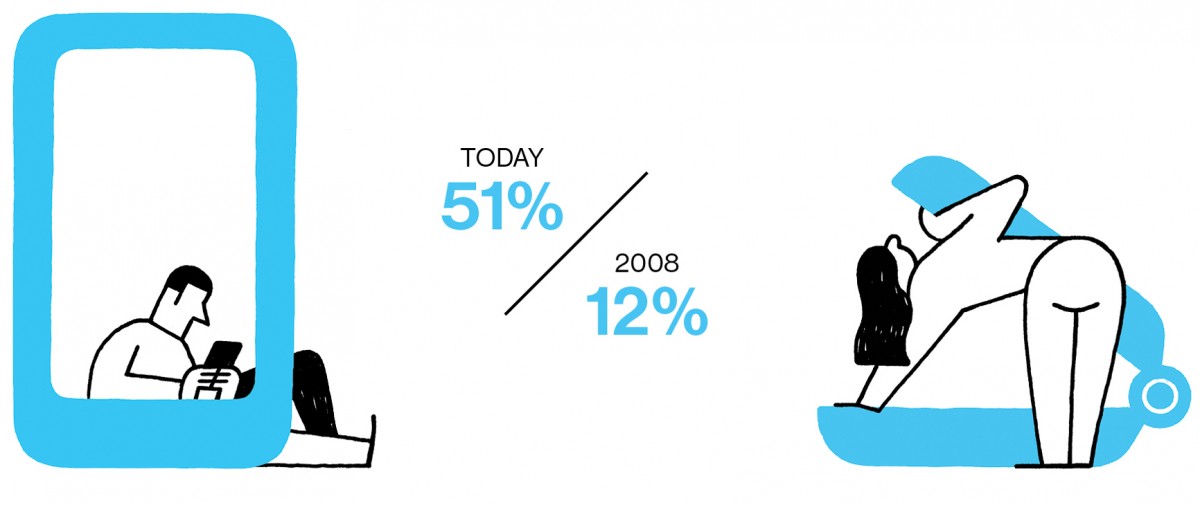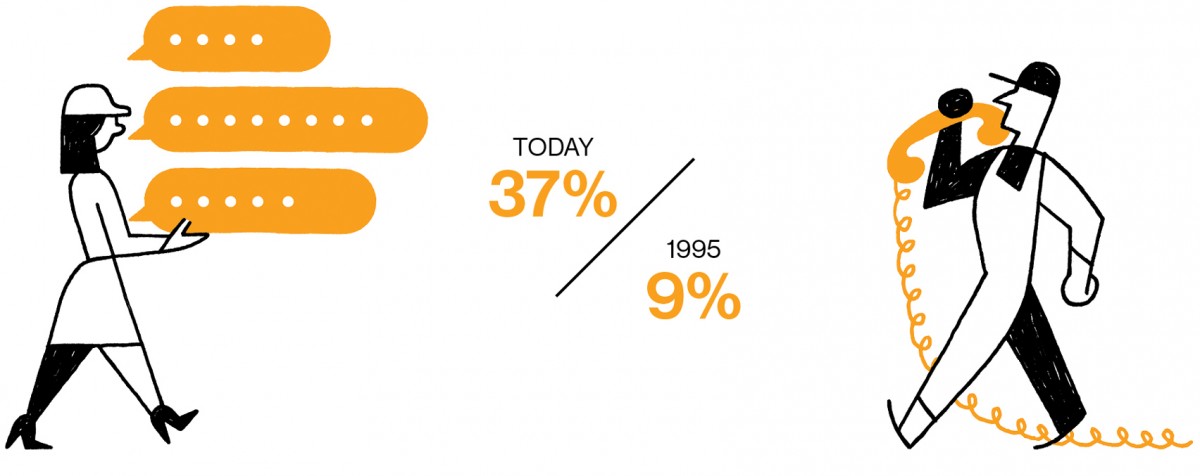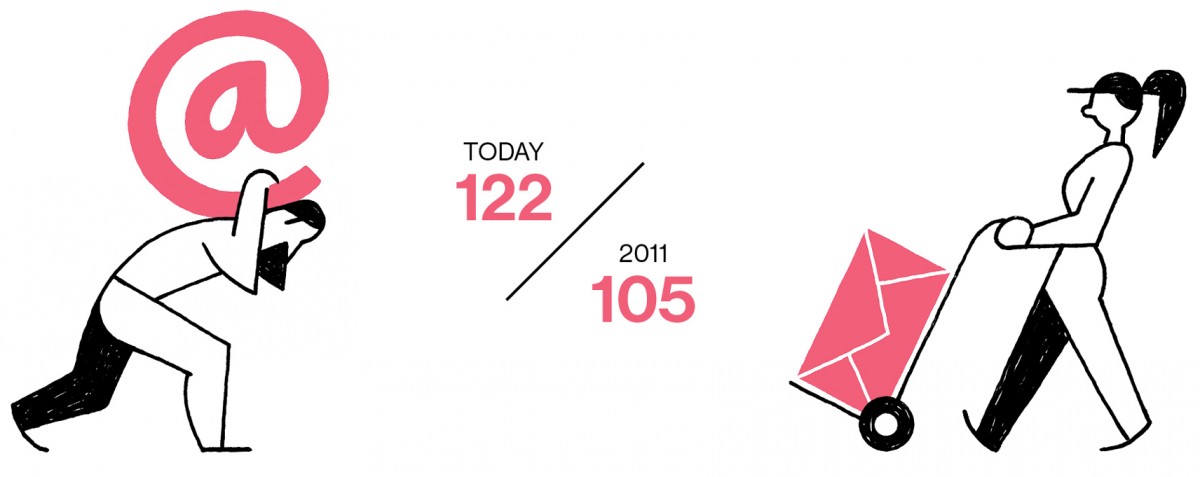Slack
The intra-office messaging system known as Slack is often described as the fastest-growing workplace software the world has ever seen. It surpassed two million daily users less than three years after its launch in 2013.
Slack gives you a centralized place to communicate with your colleagues through instant messages and in chat rooms, which can reduce the time you have to spend on e-mail. Whether you’re on a mobile device or a desktop computer, you can upload files, get and manipulate information stored in spreadsheets or other business applications, and easily search through past conversations. But many of the core features have been around since the 1990s. And there have been other “Facebook for the office” software packages that resemble Slack and have failed to generate anything close to the same level of enthusiasm.
But what, exactly, makes it so popular?
The reason for its success lies in part with big trends: more and more people now get work done on mobile devices, in collaboration with people who aren’t always in the same office at the same time. But Slack’s specific design choices have also been important. Gerald C. Kane, associate professor of information systems at Boston College’s Carroll School of Management, points out that Slack funnels messages into streams that everyone who works together can see. That “allows you to ‘overhear’ what is going on in an organization, which research has shown can lead to business impact,” he says. “It’s a kind of ambient awareness that you just don’t get from e-mail.”

Slack
Breakthrough
Easy-to-use communication software that is supplanting e-mail as a method of getting work done.Why it matters
In many kinds of workplaces, the “water cooler” effect that lets people overhear their colleagues’ conversations can enhance productivity.Key players
Slack; Quip; Hipchat; Microsoft
Kristina Lerman, a specialist in social computing at the Information Sciences Institute at the University of Southern California, notes that Slack messages tend to be short and casual, much more like the mobile text messages that people are increasingly favoring over e-mail in their personal life. This creates the perception that keeping in touch with coworkers is effortless. “You get the feeling that you are quickly responding to everything that is happening around you,” Lerman says.

In fact, Slack makes it so easy to create messages that it might end up placing as many demands on people’s time as e-mail traditionally has, albeit with a hip and friendly interface. “There are limits to the amount of time that we have to interact with each other, and Slack doesn’t really cure that,” Lerman says. Software might take some of the friction out of getting work done, but it is still work.

Keep Reading
Most Popular
Large language models can do jaw-dropping things. But nobody knows exactly why.
And that's a problem. Figuring it out is one of the biggest scientific puzzles of our time and a crucial step towards controlling more powerful future models.
The problem with plug-in hybrids? Their drivers.
Plug-in hybrids are often sold as a transition to EVs, but new data from Europe shows we’re still underestimating the emissions they produce.
Google DeepMind’s new generative model makes Super Mario–like games from scratch
Genie learns how to control games by watching hours and hours of video. It could help train next-gen robots too.
How scientists traced a mysterious covid case back to six toilets
When wastewater surveillance turns into a hunt for a single infected individual, the ethics get tricky.
Stay connected
Get the latest updates from
MIT Technology Review
Discover special offers, top stories, upcoming events, and more.